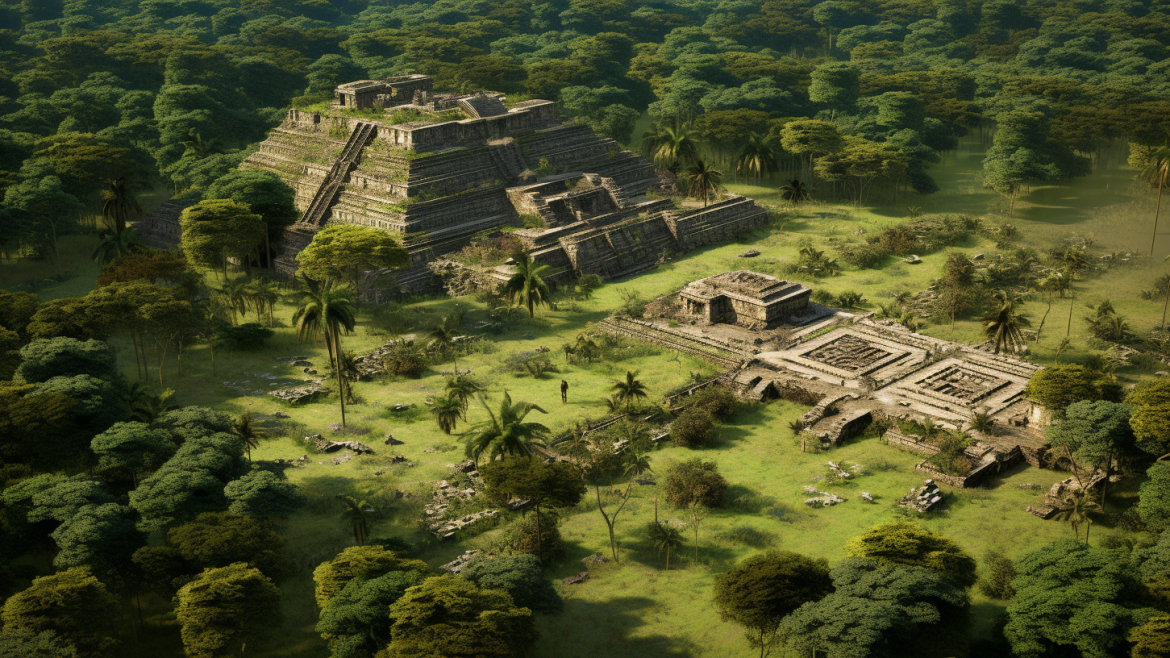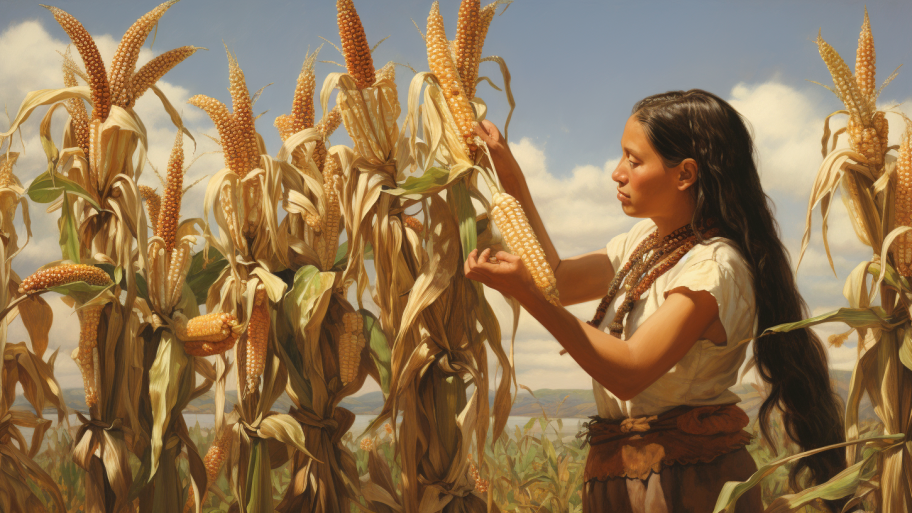The Mayans were masters of adapting to their environment, and their innovative agricultural techniques, such as slash-and-burn farming and agroforestry, enabled them to make the most of the diverse and challenging landscapes of Mesoamerica. Understanding these practices sheds light on the resourcefulness and resilience of Mayan civilization and provides valuable insights for modern gardeners.1 2 3 4
Slash-and-burn farming, also known as swidden agriculture, was a sustainable method used by the Mayans to clear land for cultivation. In this process, small patches of forest were cut down, and the felled vegetation was left to dry before being burned. The ash from the burned vegetation provided essential nutrients to the soil, creating fertile plots for the cultivation of crops. This technique allowed the Mayans to take advantage of the nutrient-rich soils in areas with dense forest cover, and the land was later allowed to regenerate naturally, ensuring long-term sustainability.5 6
Agroforestry, another innovative Mayan practice, involved the integration of trees and shrubs with crop and animal production systems. This approach provided multiple benefits, including improved soil fertility, erosion control, and the creation of diverse habitats for wildlife. Agroforestry systems also helped to conserve biodiversity by supporting a wide range of plant and animal species. Mayan farmers carefully selected trees and shrubs that offered various uses, such as food, medicine, fuel, and construction materials, making their agricultural landscapes multifunctional and productive.7 8
Modern gardeners can take inspiration from Mayan agriculture by incorporating some of the following plants into their gardens:
- Cacao (Theobroma cacao) – Grown for its seeds, which are used to make chocolate and other cocoa products.
- Corn (Zea mays) – A versatile staple crop with numerous culinary uses.
- Beans (Phaseolus spp.) – Protein-rich legumes that also help to improve soil fertility.
- Squash (Cucurbita spp.) – Includes pumpkins, zucchinis, and other varieties that provide essential vitamins and minerals.
- Chaya (Cnidoscolus aconitifolius) – A leafy green vegetable rich in nutrients and often referred to as “Mayan spinach.”
- Ramon (Brosimum alicastrum) – A tree with edible seeds and leaves, often used in agroforestry systems.
To enhance your gardening experience and pay homage to Mayan practices, consider these relevant products available on Amazon:
- Garden Planner and Journal – A comprehensive garden planner to help you design, plan, and track your gardening endeavors.
- Azomite Micronized Bag, 44 lb – A natural mineral soil amendment that enhances plant growth and mimics the nutrient-rich soils created by Mayan slash-and-burn techniques.
- Agroforestry Principles and Practice – A guide to incorporating agroforestry techniques into modern gardens and landscapes for increased sustainability and productivity.
In summary, the Mayan civilization’s agricultural practices, such as slash-and-burn farming and agroforestry, demonstrate their ingenuity and adaptability in the face of environmental challenges. Modern gardeners can learn from these techniques and incorporate Mayan plants into their gardens to create sustainable, productive, and diverse landscapes.




